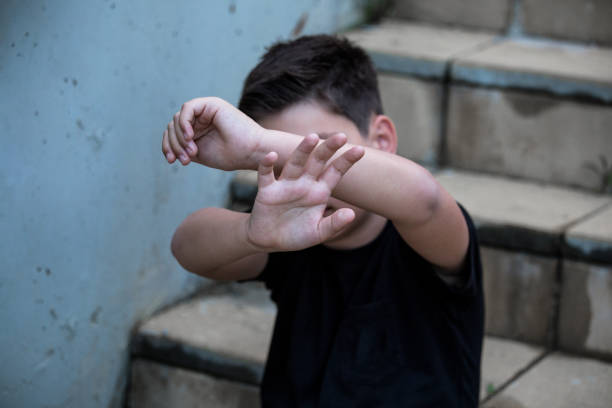The Veldet
In the short fiction, the nursery room, along with other technologies, alienates kids from their parents. On the contrary, I would propose an installation that bring broken people back to together. A chamber that aims to cure and conciliate people’s psychological wounds.

Before a patient comes to the chamber, his case would be studied thorougly by a group of psychologists (the parent’s nice neighbor), who will reappear the scene where the incident happened. In the chamber, he will return to his memory, recountering the very scene that causes his trouble. Instead of manifesting the scene exactly as how it was, the patient’s physiological indicators are monitored in real-time. If any over stress occurs, the virtual characters would act less aggressively, allowing the patient to overcome the very situation. As the patient faces the situation iterally, he may regain confidence.
 I have seen similiar design in Captain America’s movie: Civil War. The prototype Tony Stark’s showing here only manifest the story faithfully. In our nursery curing room, patients now can interact with their memory. The installation should help many with their mental problems. However, people may well then readily stuck in their memories, unwilling to get out. Just like the way Cobb has to dream to see his long-gone lover every day, in the movie Inception.
I have seen similiar design in Captain America’s movie: Civil War. The prototype Tony Stark’s showing here only manifest the story faithfully. In our nursery curing room, patients now can interact with their memory. The installation should help many with their mental problems. However, people may well then readily stuck in their memories, unwilling to get out. Just like the way Cobb has to dream to see his long-gone lover every day, in the movie Inception.
The Plague
The sci-fi story depicts a plague that will turn infected people into stone-like, but actually alive creatures. This new form of life, sensing time differently from human, is not accepted by human beings, who choose to incinerate them all.

As a matter of fact, the artifact has viewer tortured on purpose, in order to balance the power dynamic between the fast and slow, to put fast human beings into slow stoneman’s shoes, to let them feel related. The artifact should lead people to revisit the ethic of killing, to question the morality of incinerating stonemen.
The ones who walk away from Omelas

This artifact again focuses on resolving the imbalanced power dynamic between the boy and the citizens. Through experiencing the artifact, they should be more aware of the misery. Maybe free the boy eventually at some stages.
Leave a Reply